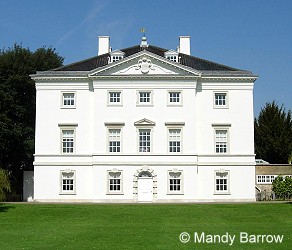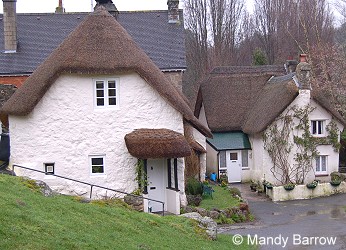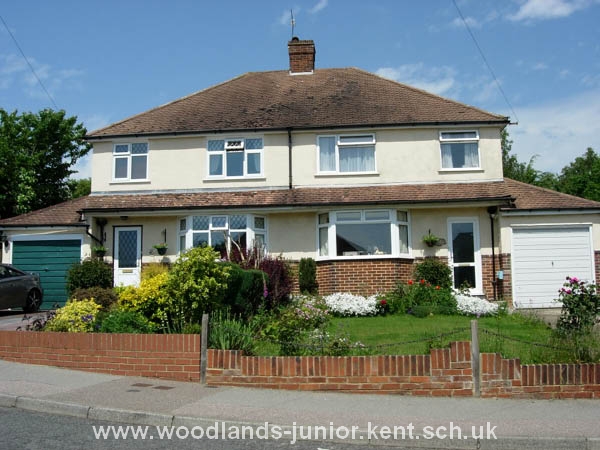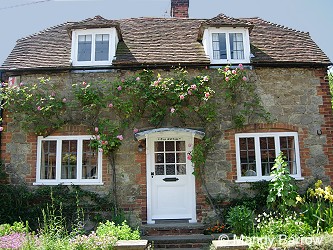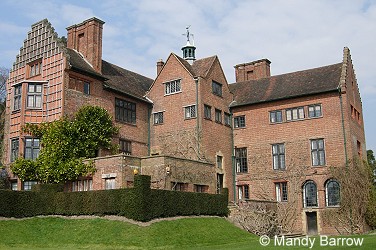 Project Britain
Project Britain
British Life and Culture
by Mandy Barrow
- Search our Site
- Project Britain
- Calendars
- Facts and figures
- London
- Great Britain
- Union Flag
- A-Z of Britain
- Customs & traditions
- Britain today
- Daily Life
- Money
- Etiquette
- Monarchy
- Government
- Education
- Tourist Information
- Food and drink
- Sports and leisure
- History
- Kings and Queens
- Superstitions
- Glossary
|
Houses in England
|
||||||||||||||||||
|
Please note: We have mainly written about England, as that is the country within the UK where our students live. We would be very happy for schools and visitors to send us information we can add to our website on Wales and Scotland.
Most people in England live in urban areas. Towns and cities are spreading into their surrounding environment to cope with the increase populations. In England, an average of 7,000 hectares of farmland, countryside and green space were converted to urban use every year between 1985 and 1998. This is almost the equivalent size of 9,600 international football pitches!
Who owns houses in England? More people are buying their own homes than in the past. About two thirds of the people in England and the rest of Britain either own, or are in the process of buying, their own home. Most others live in houses or flats that they rent from a private landlord, the local council, or housing association.
People buying their property almost always pay for it with a special loan called a mortgage, which they must repay, with interest, over a long period of time, usually 25 years.
What are houses in England like? Most houses in England are made of stone or brick from the local area where the houses are built. The colours of the stones and bricks vary across the country.
Types of houses in England England has many types of homes. In the large cities, people often live in apartments, which are called flats. In most towns, there are streets of houses joined together in long rows. They are called terraced houses.
The main types of houses in England are:
Photos of the different types of houses
Census 2001: Housing The most popular type of home in England is semi-detached (more than 27% of all homes), closely followed by detached then terraced.
Almost half of London's households are flats, maisonettes or apartments.
Cost of Houses A big problem in England is the rising cost of houses. In 1989 first-time buyers paid an average of around £40,000, in 2001 this had more than doubled to £85,000 and in 2006 to £151,565. The cost of housing in England has increased much faster than people's wages making it impossible for first-time buyers to get on the housing ladder unless they are in especially well-paid jobs, are able to call upon rich relatives or are prepared to buy jointly with friends.
2003 Average wage per year: £20,000 2007 Average wage per year: £23,244
|
||||||||||||||||||
 © Copyright - please read © Copyright - please read All the materials on these pages are free for homework and classroom use only. You may not redistribute, sell or place the content of this page on any other website or blog without written permission from the Mandy Barrow. |
© Copyright Mandy Barrow 2014
Mandy is the creator of the Woodlands Resources section of the Woodlands Junior website.
The two websites projectbritain.com and primaryhomeworkhelp.co.uk are the new homes for the Woodlands Resources.
Mandy left Woodlands in 2003 to work in Kent schools as an ICT Consultant.
She now teaches computers at The Granville School and St. John's Primary School in Sevenoaks Kent.
Woodlands Junior Homework Help new website

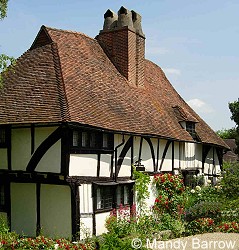 This house is over 600 years old
This house is over 600 years old
